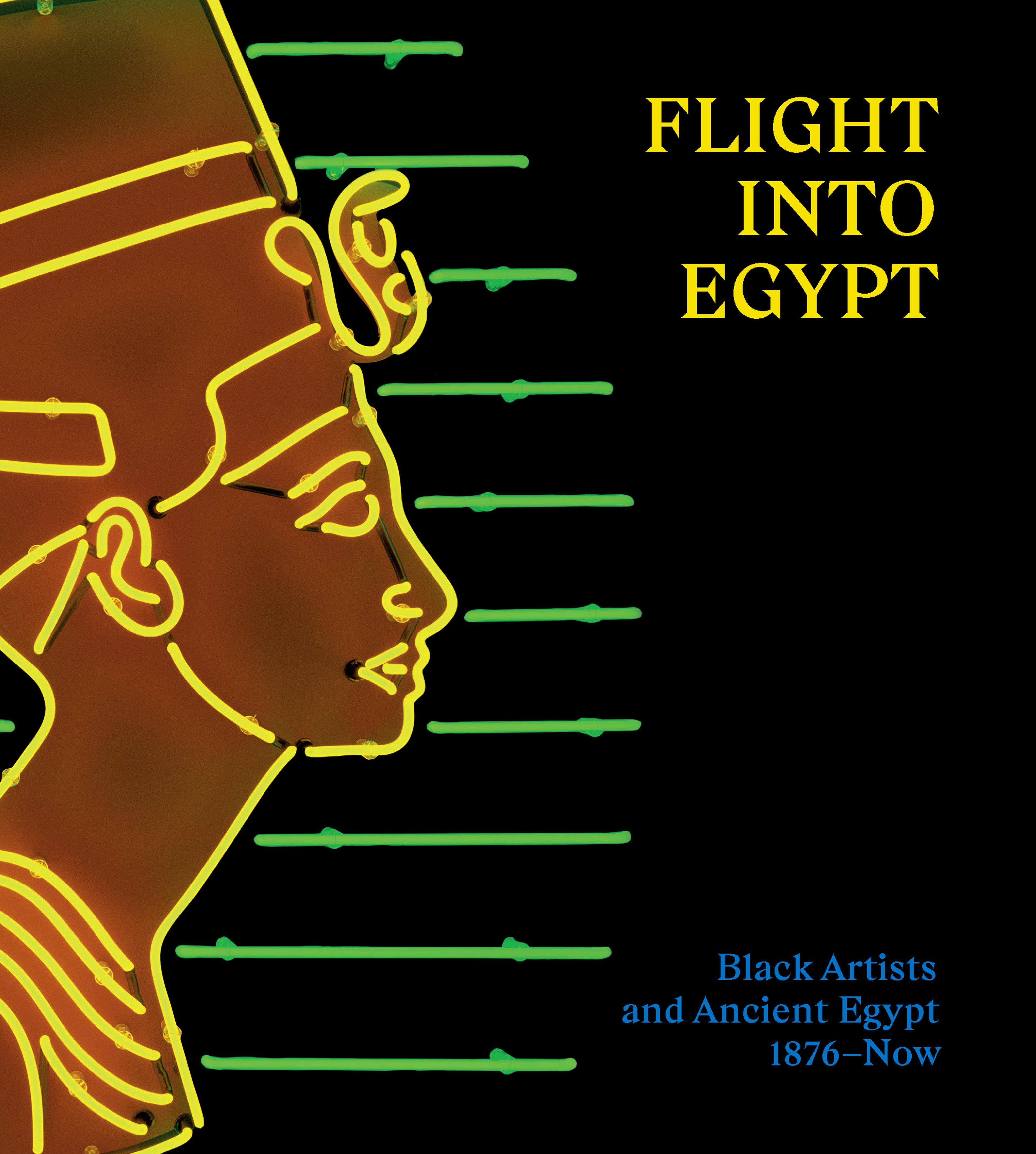Cleopatra
Neoclassical sculptors often drew upon mythology, history, the Bible, and literature for their subject matter. "Cleopatra" exemplifies Story’s penchant for depicting famous—or infamous—personalities from history as they contemplate past deeds or forthcoming actions of cataclysmic significance. Here, Cleopatra (69–30 B.C.), the last Macedonian ruler of Egypt, meditates suicide; the asp curled around her left arm predicts her death from its venomous bite. Story rendered his figures on a monumental scale and paid meticulous attention to archaeological exactitude in their props and costumes. Cleopatra wears the "nemes," or royal headcloth, topped with the "uraeus," or cobra headdress.
Artwork Details
- Title: Cleopatra
- Artist: William Wetmore Story (American, Boston, Massachusetts 1819–1895 Vallombrosa)
- Date: 1858, carved 1869
- Culture: American
- Medium: Marble
- Dimensions: 55 1/2 x 33 1/4 x 51 1/2 in. (141 x 84.5 x 130.8 cm)
- Credit Line: Gift of John Taylor Johnston, 1888
- Object Number: 88.5a–d
- Curatorial Department: The American Wing
Audio
4508. Cleopatra
0:00
0:00
We're sorry, the transcript for this audio track is not available at this time. Please email info@metmuseum.org to request a transcript for this track.
More Artwork
Research Resources
The Met provides unparalleled resources for research and welcomes an international community of students and scholars. The Met's Open Access API is where creators and researchers can connect to the The Met collection. Open Access data and public domain images are available for unrestricted commercial and noncommercial use without permission or fee.
To request images under copyright and other restrictions, please use this Image Request form.
Feedback
We continue to research and examine historical and cultural context for objects in The Met collection. If you have comments or questions about this object record, please contact us using the form below. The Museum looks forward to receiving your comments.
